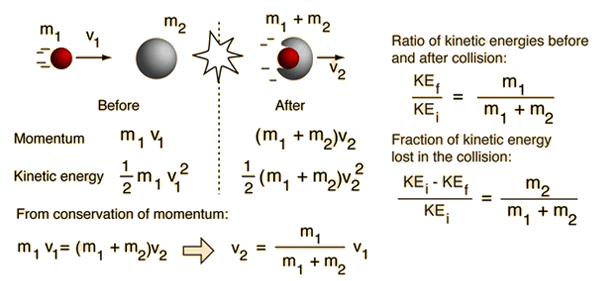-
Half m v squared
1/2 * mass * velocity squared.
This means for every single increase of speed the difference is squared massively increasing the kinetic energy carried by the moving vehicle. Yes it makes a fucking massive difference.
Is it the v-squared part of the kinetic energy that makes the difference? Given the relative difference in mass between a pedestrian and a car isn't the pedestrian (or at least parts of their body) just accelerated, more or less instantaneously, up to the speed of the car when they're struck? Presumably it's this instantaneous acceleration and then deceleration when they then hit the road that does the damage.
You are reading a single comment by @ffm and its replies.
Click here to read the full conversation.
 cookiesdonniedarko
cookiesdonniedarko NotThamesWater
NotThamesWater
Half m v squared
1/2 * mass * velocity squared.
This means for every single increase of speed the difference is squared massively increasing the kinetic energy carried by the moving vehicle. Yes it makes a fucking massive difference.